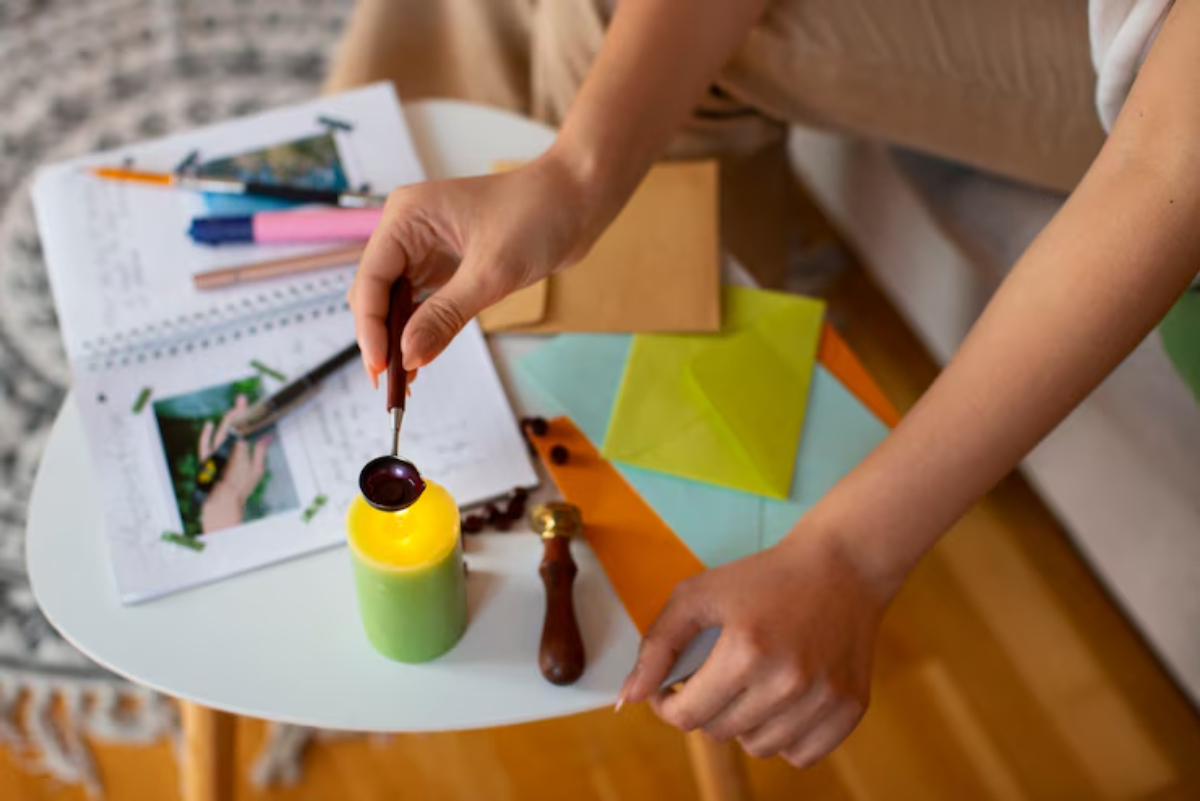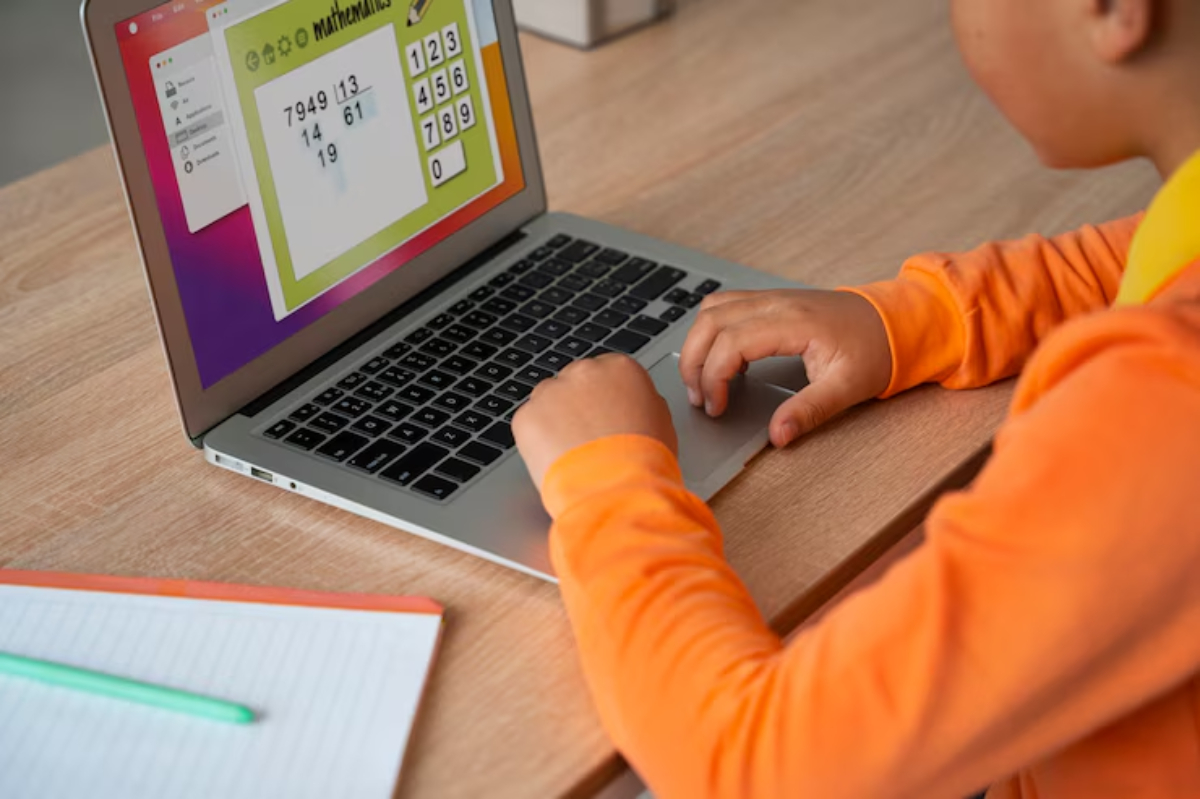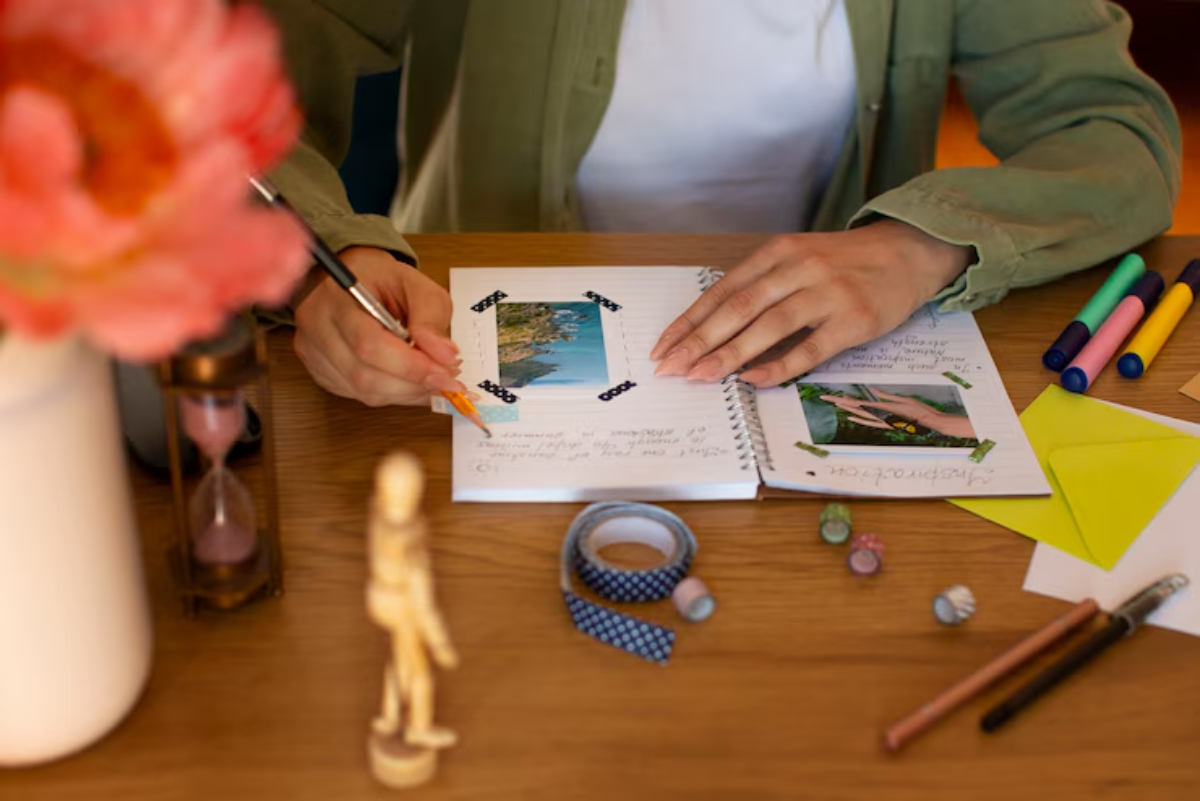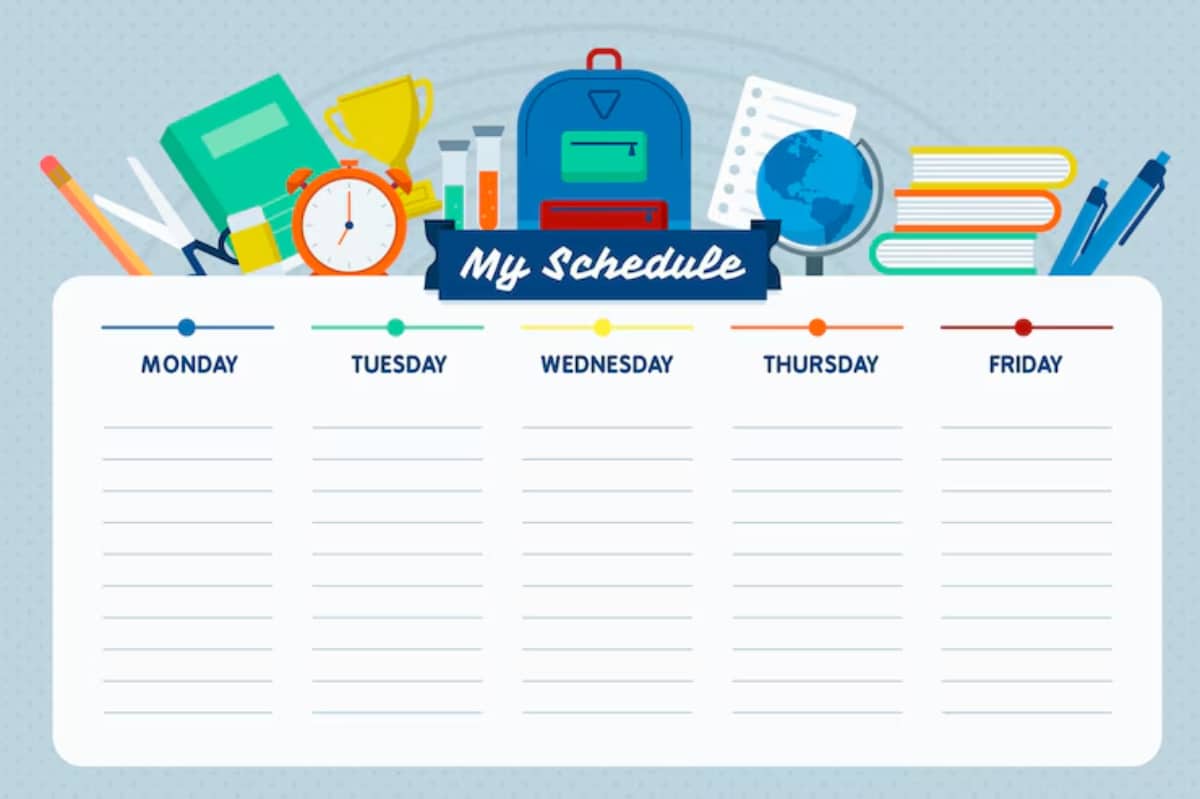
How to DIY Your Own Homeschool Curriculum
Creating your homeschool curriculum might initially seem overwhelming, but it’s more doable than you think. Many families choose the DIY homeschool curriculum because it offers complete freedom to follow your child’s interests, pace, and learning style.
Whether you’re just starting out or looking to refresh your current plan, this guide will help you confidently create a homeschool program from scratch using trusted resources and materials you likely already have.

Why Choose a DIY Homeschool Curriculum?
There’s no one-size-fits-all when it comes to learning at home. Some families struggle to find boxed curricula that fit their values, schedules, or budgets. Others prefer a hands-on, interest-led approach.
Here’s why making your own homemade homeschool curriculum can be a great choice:
- Custom fit: Build lessons around your child’s needs and interests
- Budget-friendly: Use books, websites, and free resources you already have
- Flexible: Adjust your plan at any time
- Personal: Align your lessons with your family’s values and learning goals.
You’re not locked into someone else’s system—you create one that works for you.

Step-by-Step: How to Create a Homeschool Program from Scratch
Let’s break it down into manageable steps to build a plan that works.
Step 1: Understand Your Child’s Learning Style
Every child learns differently. Some thrive with workbooks, others through movement or hands-on experiments.
Ask yourself:
- Does my child enjoy stories, visuals, or numbers?
- Do they need structure, or do they like freedom?
- What subjects do they love—or avoid?
This helps you choose the right activities and materials.
Step 2: Know What Subjects You Need to Cover
Most homeschooling families cover these core areas:
- Maths
- Language Arts (reading, writing, spelling)
- Science
- History or Social Studies
You can also add extras like:
- Art and Music
- Physical Education
- Life Skills (cooking, budgeting, gardening)
Check your province or state’s education guidelines if unsure what’s required.
Step 3: Set Goals for the Year
Before you gather materials, decide what you want your child to achieve.
Some example goals:
- Read 10 chapter books independently
- Learn multiplication tables up to 12
- Write an introductory five-paragraph essay.
- Understand the plant life cycle.
Write these goals down—you’ll refer to them often as you build your lessons.
Step 4: Choose Your Materials
This is where the fun begins. There are tons of options to create your homemade homeschool curriculum:
Use What You Already Have
- Books at home
- Library resources
- Educational YouTube channels
- Free printables online
Recommended Free and Low-Cost Resources
- Khan Academy (maths, science, history – all free)
- ReadTheory (reading comprehension)
- Easy Peasy All-in-One Homeschool (complete, free Christian-based program)
- CK-12.org (interactive science and maths content)
- Duolingo (foreign languages)
- YouTube channels like CrashCourse, SciShow, and Numberphile
You can mix and match materials by subject or even by week.
Step 5: Build a Weekly or Monthly Plan
You don’t need to plan the whole year at once. Start with a simple layout:
Example Weekly Schedule:
| Day | Morning | Afternoon |
| Monday | Maths + Reading | Science Project |
| Tuesday | Writing + Spelling | Art or Music |
| Wednesday | Maths + Reading | History Documentary |
| Thursday | Creative Writing + PE | Science Experiment |
| Friday | Review + Field Trip | Free Choice |
Keep it flexible. Some weeks will go smoothly; others may need a reset. That’s okay.

Real-Life DIY Curriculum Example
Meet Sara, a mum of two from Alberta. She started building her curriculum after struggling to afford full-year programmes. Here’s how she mapped her year for her 9-year-old:
- Maths: Khan Academy daily practice
- Reading: Weekly library trips and read-alouds
- Writing: Story prompts and journaling three times a week
- Science: Monthly unit studies (space, plants, simple machines)
- History: Family movie nights with discussion
- Extras: Weekly cooking and gardening lessons
Sara spends about $30 a year on extra books and printing—proof that homemade doesn’t mean low-quality.
Tips for Success with a DIY Curriculum
1. Keep It Simple
Don’t try to replicate public school at home. Start small and build over time.
2. Get Feedback from Your Child
Ask what’s working and what isn’t. Let them have a say—it increases motivation.
3. Be Consistent, Not Perfect
Some days will be messy or slow. That’s part of the process.
4. Join a Community
Find a homeschool group online or locally. Sharing resources can save time and boost your confidence.
5. Adjust As Needed
One of the best parts of DIY is that you can pivot whenever you want. If a science unit falls flat, try something hands-on or switch topics.
FAQs: DIY Homeschool Curriculum
Is it legal to create your homeschool curriculum?
Yes, as long as you meet your local education requirements in most areas. Check your province or state homeschool regulations just to be safe.
Do I need to buy a complete programme to start?
No. You can use a mix of free tools to create your plan. Many families do this successfully every year.
What if I’m not confident in a subject, like science or maths?
That’s where online tools help. If needed, use videos, free courses, or local tutors. You don’t need to be perfect—you just need to guide.
You Can Do This
Building your DIY homeschool curriculum allows you to teach your child your way. You don’t need a teaching degree or a big budget. With time and planning, you can create a homemade homeschool curriculum that’s personal, meaningful, and right for your family.
Remember—your curriculum doesn’t need to look like anyone else’s. Start where you are, use what you have, and enjoy the journey.
Ready to Get Started?
Download our free curriculum planner template to start mapping out your first term. And if you’re curious about affordable resources, check out:
Do you have tips or stories about your DIY journey? Share them in the comments below—we’d love to hear from you!


